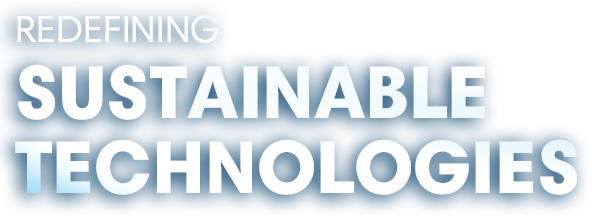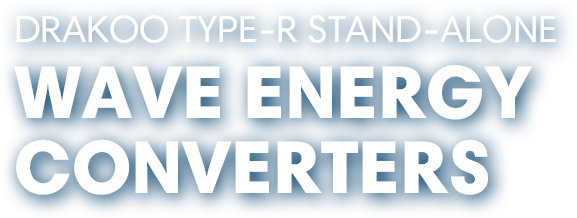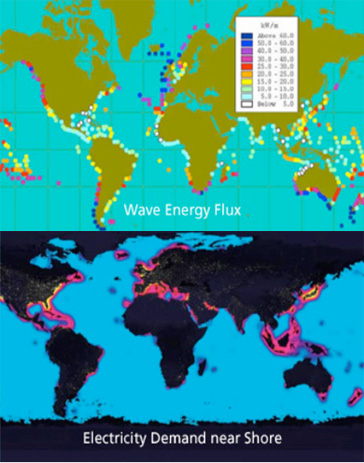The ocean is an abundant source of renewable energy, including incredibly dense wave energy. Hann-Ocean’s state of the art wave energy converter (WEC), “Drakoo” is capable of generating cost-efficient electricity from waves of all possible scales. The device has been developed and tested extensively in sea trials as well as in large scale wave flumes over a horizon of ten years and its performance has been independently verified by NAREC, UK (now part of ORE catapult). In June 2018, tests were witnessed by DNV GL, who will be endorsing the test methodology and Drakoo’s performance.
The ocean is an abundant source of renewable energy, including incredibly dense wave energy. Hann-Ocean’s state of the art wave energy converter (WEC), “Drakoo” is capable of generating cost-efficient electricity from waves of all possible scales. The device has been developed and tested extensively in sea trials as well as in large scale wave flumes over a horizon of ten years and its performance has been independently verified by NAREC, UK (now part of ORE catapult). In June 2018, tests were witnessed by DNV GL, who will be endorsing the test methodology and Drakoo’s performance.
In 2008, Henry Han Lei, the founder of Hann-Ocean Group, invented a twin-chamber oscillating water column type wave energy converter (WEC). The unique technology employed within the WEC was named “Drakoo” and the company formally began its R&D journey. Hann-Ocean’s first commercial pilot project was executed in 2013, with the supply of a 16kWp array to SembCorp Marine in Singapore. In 2016, a 10kWp model was developed which reached its peak potential in 2017. June 2018 saw the birth of Drakoo’s 15kWp WEC, whose tests were witnessed by DNV GL, the maritime classification authority who will also endorse the test methodology and the device’s performance. Drakoo is easily the most efficient and diversified WEC technology to date and is poised to raise the bar for measuring wave energy’s contribution to the global demand for clean energy.








